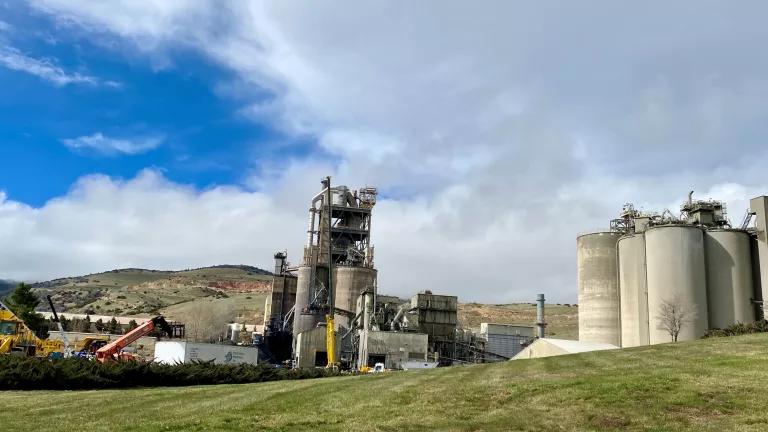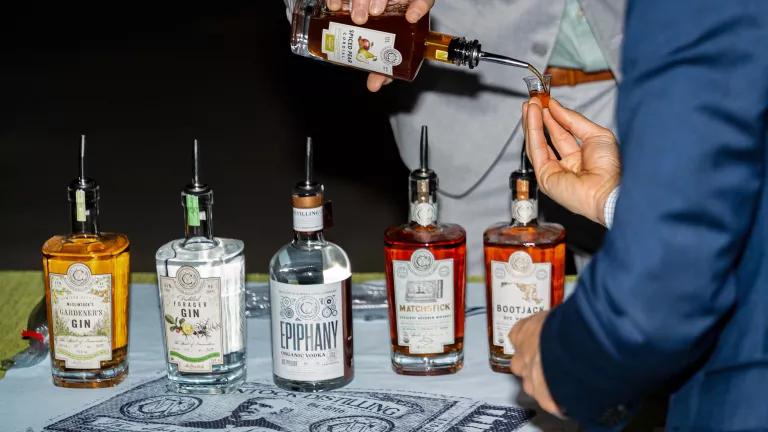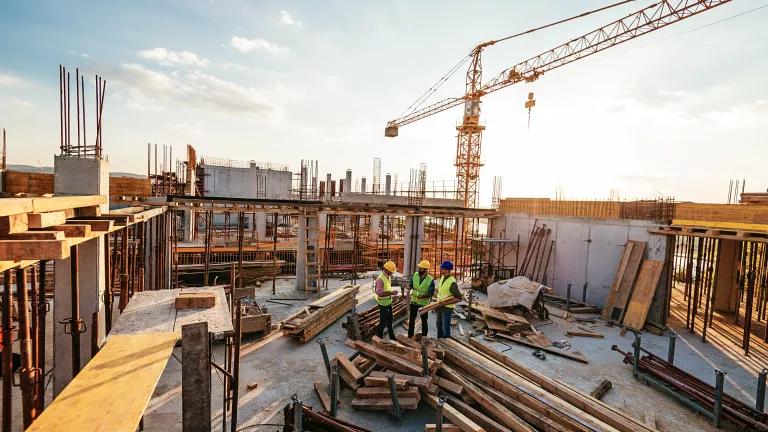States Keep Steady Course on HFC Regulations
New York and Maryland adopted bans on HFC-containing products and equipment.
As of April 26, 2021 three additional states have finalized their HFC rules: Virginia, Massachusetts, and Delaware. The map has been updated to reflect these. Up-to-date information on HFC rules in the U.S., India, and China can be found on NRDC's issue page "Phasing Down HFCs".
New York and Maryland formally adopted new bans on climate-polluting HFCs in the past few weeks in a broad, state-by-state effort to cut use of these dangerous chemicals. To date, 7 states have finalized their prohibitions out of the 16 states taking coordinated action to mitigate HFC emissions.
The regulations prohibit the use of HFCs in several applications, including aerosols, insulation foams, building chillers, and stationary refrigeration (think supermarkets and home fridges, not refrigerated trucks). The prohibitions don’t kick in immediately but rather come into effect gradually over the next four years.
Both Maryland and New York have been working alongside the U.S. Climate Alliance—a coalition of governors committed to mitigating greenhouse gas (GHG) emissions in line with the goals of the Paris Agreement—to slow these most potent GHGs. The 25 U.S. Climate Alliance members (shown in dark blue on the map) represent approximately 50% of HFC emissions in the U.S. Of those 25 members, 16 have committed to HFC action (shown in light blue) and 7 have finalized their actions and are now moving to the implementation phase (shown in green).
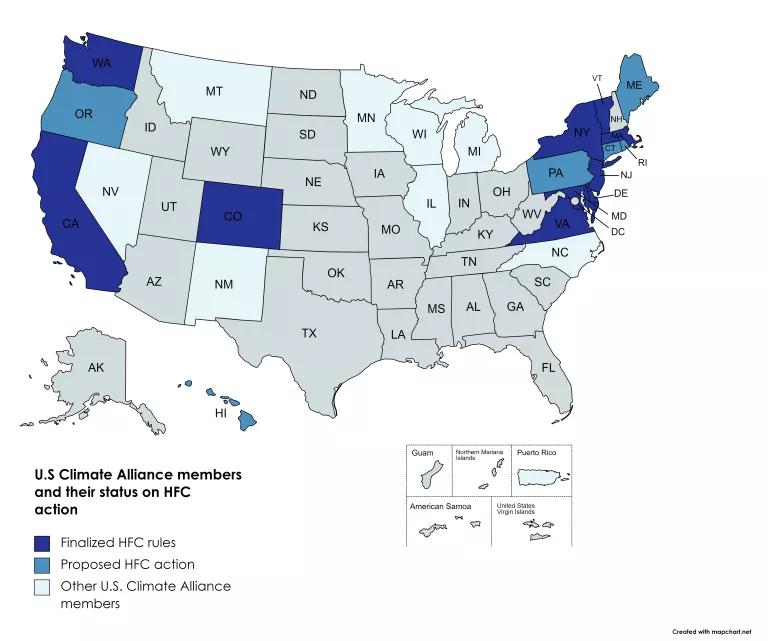
Status of HFC action of U.S. Climate Alliance members
The 25 U.S. Climate Alliance states are taking action in a consistent manner through legislation or administrative rulemakings. Getting rules in place is an involved, multi-step process. We participate in every step of the process and so should you. All rulemaking and legislative processes are public.
So, here’s what’s coming up next.
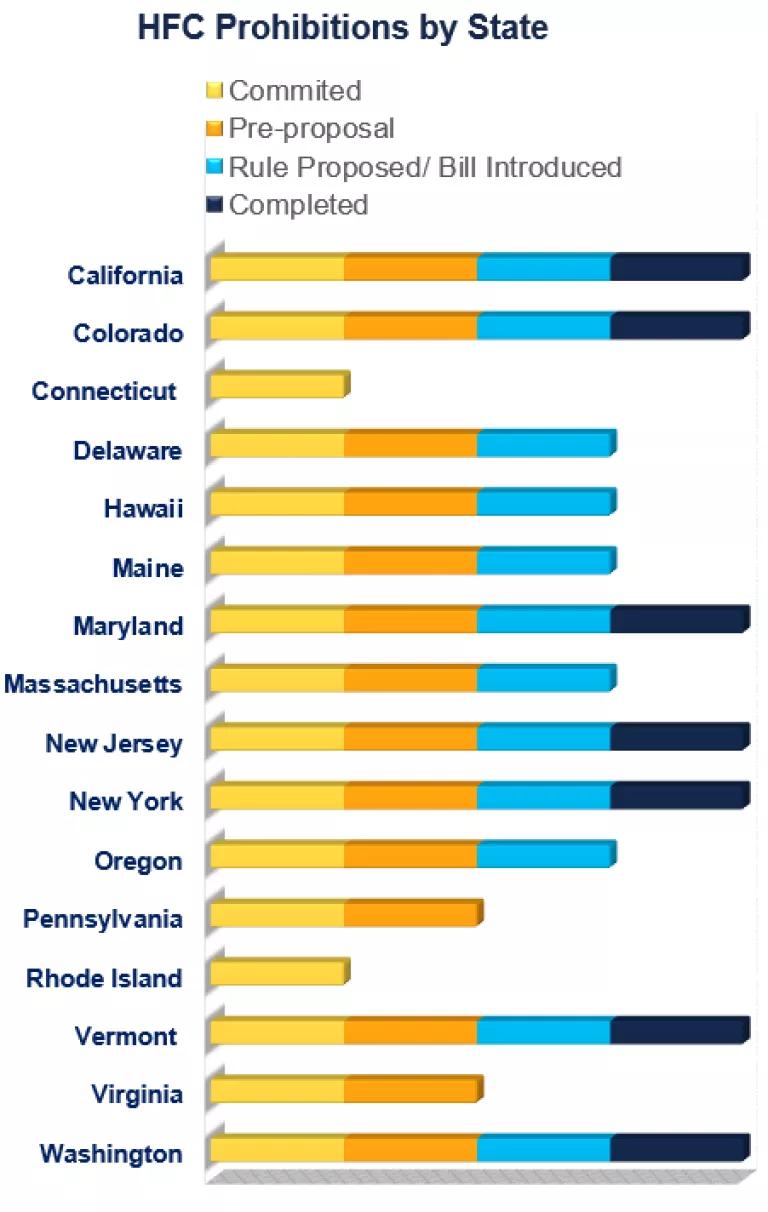
State of progress of states committed to mitigate HFC emissions
Massachusetts held a public hearing last week on its proposed HFC regulation. Public comments can be submitted until November 3rd. Delaware has completed its public engagement process, following several public hearings and rounds of comments, and is expected to adopt the rule soon. Virginia’s Air Pollution Control Board is required by law to initiate a rulemaking on HFCs soon.
HFC bills were also on track for passage in 2020 in Oregon, Hawaii, and Maine, before the legislatures adjourned due to the COVID-19 pandemic.
These rules advance states toward their climate targets by mitigating HFC emissions and reducing reliance on HFCs in the regulated applications. Since most manufacturers supply the nation at large, the state rules are driving a shift in manufacturing practices across the country. As a result, an equally important effect of these rules is that they keep HFC use in check as we prepare for a national supply phase down of HFCs (see here for more on the difference between state regulations and a federal phase down).
In Congress, the AIM Act—a broadly supported bipartisan federal bill that would phase down HFCs in line with international treaty requirements—has passed the House as part of a larger energy bill. Key Senators have reached agreement on their version of the bill and it is expected to pass overwhelmingly when the Senate takes up its own energy package.
In short, the transition from HFCs to safer, climate-friendlier alternatives is on track.


